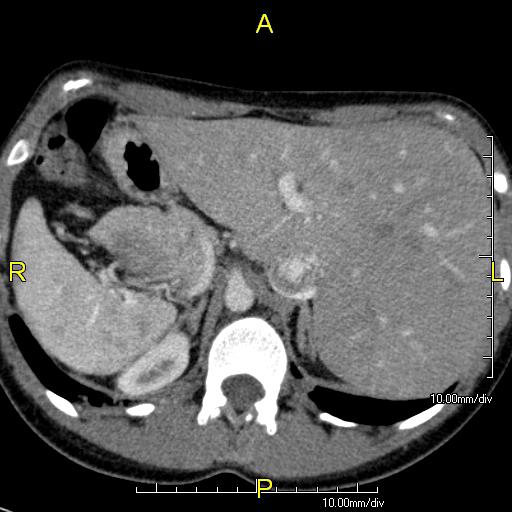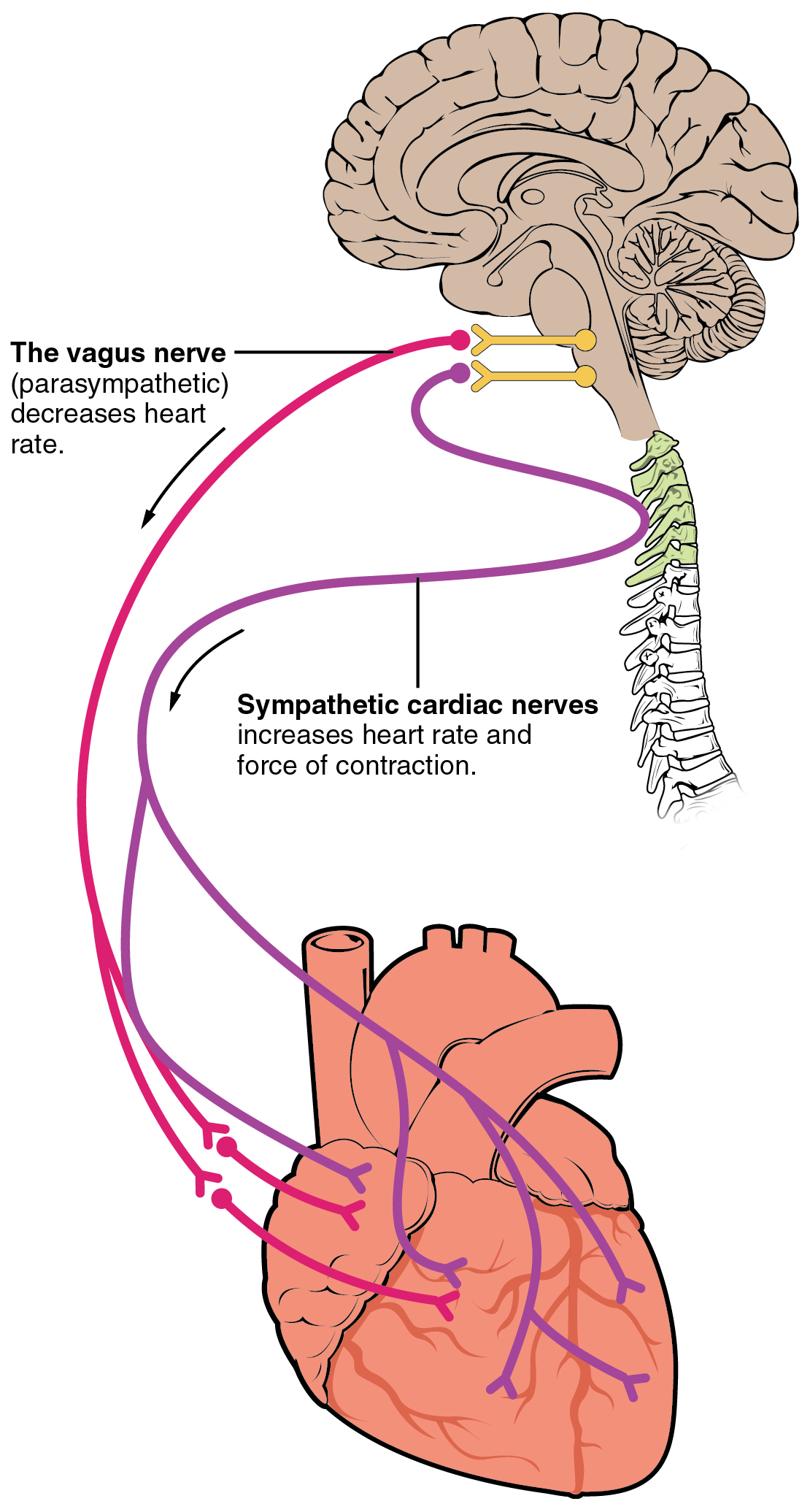|
Dextrocardia
Dextrocardia () is a rare congenital condition in which the apex of the heart is located on the right side of the body, rather than the more typical placement towards the left. There are two main types of dextrocardia: dextrocardia of embryonic arrest (also known as isolated dextrocardia) and dextrocardia ''situs inversus''. Dextrocardia ''situs inversus'' is further divided. Classification Dextrocardia of embryonic arrest In this form of dextrocardia, the heart is simply placed further right in the thorax than is normal. It is commonly associated with severe defects of the heart and related abnormalities including pulmonary hypoplasia. Dextrocardia situs solitus Dextrocardia refers to a heart positioned in the right side of the chest. Situs solitus describes viscera that are in the normal position, with the stomach on the left side. Dextrocardia situs inversus Dextrocardia situs inversus refers to the heart being a mirror image situated on the right side. For all visceral ... [...More Info...] [...Related Items...] OR: [Wikipedia] [Google] [Baidu] |
Situs Inversus
''Situs inversus'' (also called ''situs transversus'' or ''oppositus'') is a Congenital disorder, congenital condition in which the major Organ (anatomy), visceral organs are reversed or mirror image, mirrored from their normal positions. The normal arrangement of internal organs is known as ''situs solitus''. Although cardiac problems are more common, many people with ''situs inversus'' have no medical symptoms or complications resulting from the condition, and until the advent of modern medicine, it was usually undiagnosed. ''Situs inversus'' is found in about 0.01% of the population, or about 1 person in 10,000. In the most common situation, ''situs inversus totalis'', it involves complete transposition (right to left reversal) of all of the viscera. The heart is not in its usual position in the left chest, but is on the right, a condition known as ''dextrocardia'' (). Because the relationship between the organs is not changed, most people with ''situs inversus'' have no associa ... [...More Info...] [...Related Items...] OR: [Wikipedia] [Google] [Baidu] |
Pulmonary Hypoplasia
Pulmonary hypoplasia is an incomplete development of the lungs, resulting in an abnormally low number or small size of bronchopulmonary segments or alveoli. A congenital malformation, most often occurs secondary to other fetal abnormalities that interfere with normal development of the lungs. Primary (idiopathic) pulmonary hypoplasia is rare and usually not associated with other maternal or fetal abnormalities. Incidence of pulmonary hypoplasia ranges from 9–11 per 10,000 live births and 14 per 10,000 births. Pulmonary hypoplasia is a relatively common cause of neonatal death. It also is a common finding in stillbirths, although not regarded as a cause of these. Causes Causes of pulmonary hypoplasia include a wide variety of congenital malformations and other conditions in which pulmonary hypoplasia is a complication. These include congenital diaphragmatic hernia, congenital cystic adenomatoid malformation, fetal hydronephrosis, caudal regression syndrome, mediastinal ... [...More Info...] [...Related Items...] OR: [Wikipedia] [Google] [Baidu] |
Situs Inversus
''Situs inversus'' (also called ''situs transversus'' or ''oppositus'') is a Congenital disorder, congenital condition in which the major Organ (anatomy), visceral organs are reversed or mirror image, mirrored from their normal positions. The normal arrangement of internal organs is known as ''situs solitus''. Although cardiac problems are more common, many people with ''situs inversus'' have no medical symptoms or complications resulting from the condition, and until the advent of modern medicine, it was usually undiagnosed. ''Situs inversus'' is found in about 0.01% of the population, or about 1 person in 10,000. In the most common situation, ''situs inversus totalis'', it involves complete transposition (right to left reversal) of all of the viscera. The heart is not in its usual position in the left chest, but is on the right, a condition known as ''dextrocardia'' (). Because the relationship between the organs is not changed, most people with ''situs inversus'' have no associa ... [...More Info...] [...Related Items...] OR: [Wikipedia] [Google] [Baidu] |
Kartagener Syndrome
Primary ciliary dyskinesia (PCD) is a rare, autosomal recessive genetic ciliopathy, that causes defects in the action of cilia lining the upper and lower respiratory tract, sinuses, Eustachian tube, middle ear, fallopian tube, and flagella of sperm cells. The alternative name of "immotile ciliary syndrome" is no longer favored as the cilia do have movement, but are merely inefficient or unsynchronized. When accompanied by situs inversus the condition is known as Kartagener syndrome. Respiratory epithelial motile cilia, which resemble microscopic "hairs" (although structurally and biologically unrelated to hair), are complex organelles that beat synchronously in the respiratory tract, moving mucus toward the throat. Normally, cilia beat 7 to 22 times per second, and any impairment can result in poor mucociliary clearance, with subsequent upper and lower respiratory infection. Cilia also are involved in other biological processes (such as nitric oxide production), currently t ... [...More Info...] [...Related Items...] OR: [Wikipedia] [Google] [Baidu] |
Heart
The heart is a muscular Organ (biology), organ found in humans and other animals. This organ pumps blood through the blood vessels. The heart and blood vessels together make the circulatory system. The pumped blood carries oxygen and nutrients to the tissue, while carrying metabolic waste such as carbon dioxide to the lungs. In humans, the heart is approximately the size of a closed fist and is located between the lungs, in the middle compartment of the thorax, chest, called the mediastinum. In humans, the heart is divided into four chambers: upper left and right Atrium (heart), atria and lower left and right Ventricle (heart), ventricles. Commonly, the right atrium and ventricle are referred together as the right heart and their left counterparts as the left heart. In a healthy heart, blood flows one way through the heart due to heart valves, which prevent cardiac regurgitation, backflow. The heart is enclosed in a protective sac, the pericardium, which also contains a sma ... [...More Info...] [...Related Items...] OR: [Wikipedia] [Google] [Baidu] |
Situs Ambiguus
Situs ambiguus (), or heterotaxy, is a rare congenital defect in which the major visceral organs are distributed abnormally within the chest and abdomen. Clinically, heterotaxy spectrum generally refers to any defect of left-right asymmetry and arrangement of the visceral organs; however, classical heterotaxy requires multiple organs to be affected. This does not include the congenital defect situs inversus, which results when arrangement of all the organs in the abdomen and chest are mirrored, so the positions are opposite the normal placement. Situs inversus is the mirror image of situs solitus, which is normal asymmetric distribution of the abdominothoracic visceral organs. Situs ambiguus can also be subdivided into left-isomerism and right-isomerism based on the defects observed in the spleen, lungs and atria of the heart. Individuals with situs inversus or situs solitus do not experience fatal dysfunction of their organ systems, as general anatomy and morphology of the abdo ... [...More Info...] [...Related Items...] OR: [Wikipedia] [Google] [Baidu] |
Defibrillation
Defibrillation is a treatment for life-threatening cardiac arrhythmias, specifically ventricular fibrillation (V-Fib) and non-perfusing ventricular tachycardia (V-Tach). Defibrillation delivers a dose of electric current (often called a ''counter-shock'') to the heart. Although not fully understood, this process depolarizes a large amount of the heart muscle, ending the arrhythmia. Subsequently, the body's natural pacemaker in the sinoatrial node of the heart is able to re-establish normal sinus rhythm. A heart which is in asystole (flatline) cannot be restarted by defibrillation; it would be treated only by cardiopulmonary resuscitation (CPR) and medication, and then by cardioversion or defibrillation if it converts into a shockable rhythm. A device that administers defibrillation is called a defibrillator. In contrast to defibrillation, synchronized electrical cardioversion is an electrical shock delivered in synchrony to the cardiac cycle. Although the person may still ... [...More Info...] [...Related Items...] OR: [Wikipedia] [Google] [Baidu] |
Echocardiogram
Echocardiography, also known as cardiac ultrasound, is the use of ultrasound to examine the heart. It is a type of medical imaging, using standard ultrasound or Doppler ultrasound. The visual image formed using this technique is called an echocardiogram, a cardiac echo, or simply an echo. Echocardiography is routinely used in the diagnosis, management, and follow-up of patients with any suspected or known heart diseases. It is one of the most widely used diagnostic imaging modalities in cardiology. It can provide a wealth of helpful information, including the size and shape of the heart (internal chamber size quantification), pumping capacity, location and extent of any tissue damage, and assessment of valves. An echocardiogram can also give physicians other estimates of heart function, such as a calculation of the cardiac output, ejection fraction, and diastolic function (how well the heart relaxes). Echocardiography is an important tool in assessing wall motion abnormality ... [...More Info...] [...Related Items...] OR: [Wikipedia] [Google] [Baidu] |
Japan
Japan is an island country in East Asia. Located in the Pacific Ocean off the northeast coast of the Asia, Asian mainland, it is bordered on the west by the Sea of Japan and extends from the Sea of Okhotsk in the north to the East China Sea in the south. The Japanese archipelago consists of four major islands—Hokkaido, Honshu, Shikoku, and Kyushu—and List of islands of Japan, thousands of smaller islands, covering . Japan has a population of over 123 million as of 2025, making it the List of countries and dependencies by population, eleventh-most populous country. The capital of Japan and List of cities in Japan, its largest city is Tokyo; the Greater Tokyo Area is the List of largest cities, largest metropolitan area in the world, with more than 37 million inhabitants as of 2024. Japan is divided into 47 Prefectures of Japan, administrative prefectures and List of regions of Japan, eight traditional regions. About three-quarters of Geography of Japan, the countr ... [...More Info...] [...Related Items...] OR: [Wikipedia] [Google] [Baidu] |
Heart Transplantation
A heart transplant, or a cardiac transplant, is a surgical transplant procedure performed on patients with end-stage heart failure when other medical or surgical treatments have failed. , the most common procedure is to take a functioning heart from a recently deceased organ donor (brain death is the most common) and implant it into the patient. The patient's own heart is either removed and replaced with the donor heart ( orthotopic procedure) or, much less commonly, the recipient's diseased heart is left in place to support the donor heart (heterotopic, or "piggyback", transplant procedure). Approximately 5,000 heart transplants are performed each year worldwide, more than half of which are in the US. Post-operative survival periods average 15 years. Heart transplantation is not considered to be a cure for heart disease; rather it is a life-saving treatment intended to improve the quality and duration of life for a recipient. History American medical researcher Simon Fle ... [...More Info...] [...Related Items...] OR: [Wikipedia] [Google] [Baidu] |
Congenital Condition
A birth defect is an abnormal condition that is present at birth, regardless of its cause. Birth defects may result in disabilities that may be physical, intellectual, or developmental. The disabilities can range from mild to severe. Birth defects are divided into two main types: structural disorders in which problems are seen with the shape of a body part and functional disorders in which problems exist with how a body part works. Functional disorders include metabolic and degenerative disorders. Some birth defects include both structural and functional disorders. Birth defects may result from genetic or chromosomal disorders, exposure to certain medications or chemicals, or certain infections during pregnancy. Risk factors include folate deficiency, drinking alcohol or smoking during pregnancy, poorly controlled diabetes, and a mother over the age of 35 years old. Many birth defects are believed to involve multiple factors. Birth defects may be visible at birth or diag ... [...More Info...] [...Related Items...] OR: [Wikipedia] [Google] [Baidu] |





